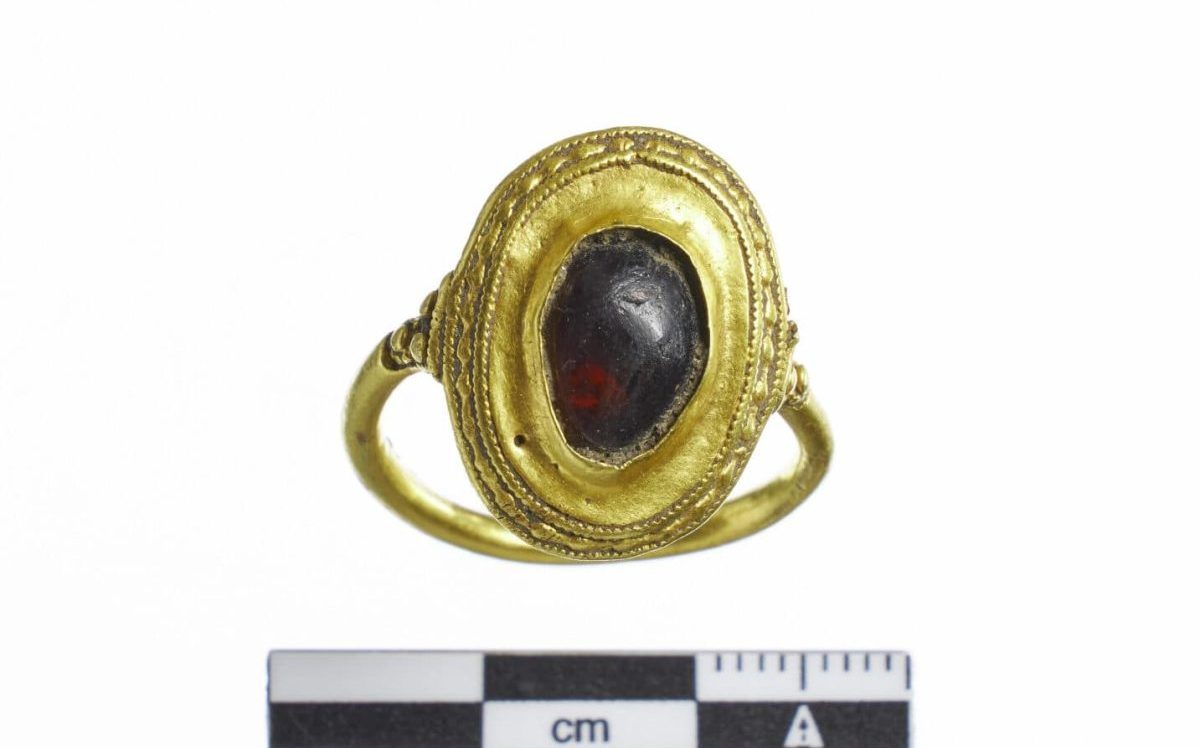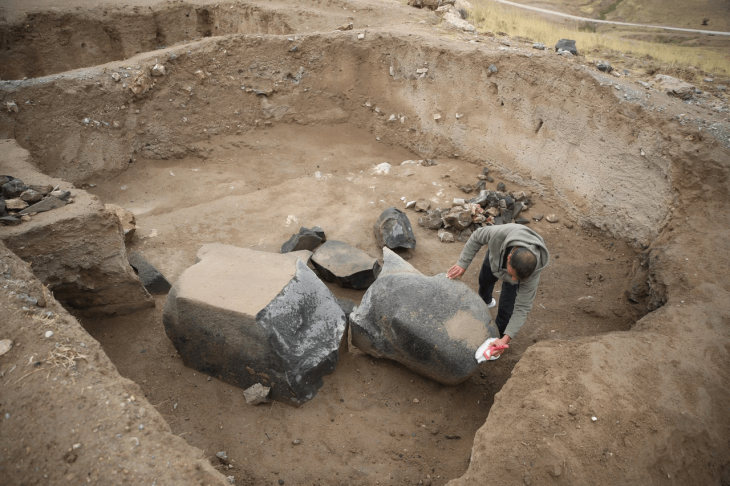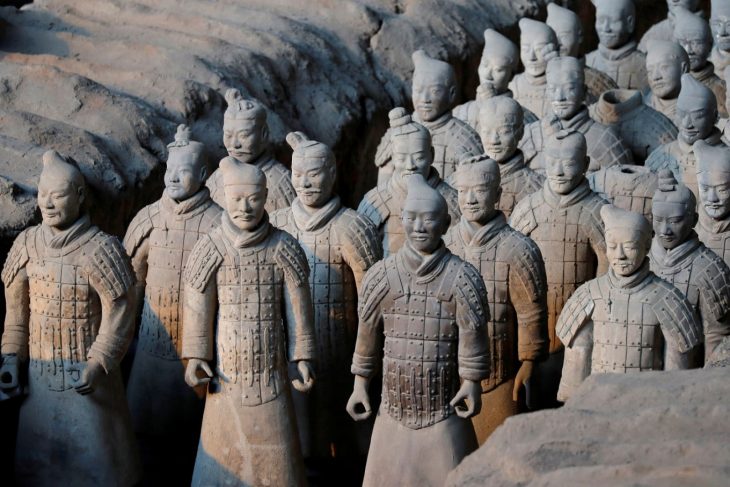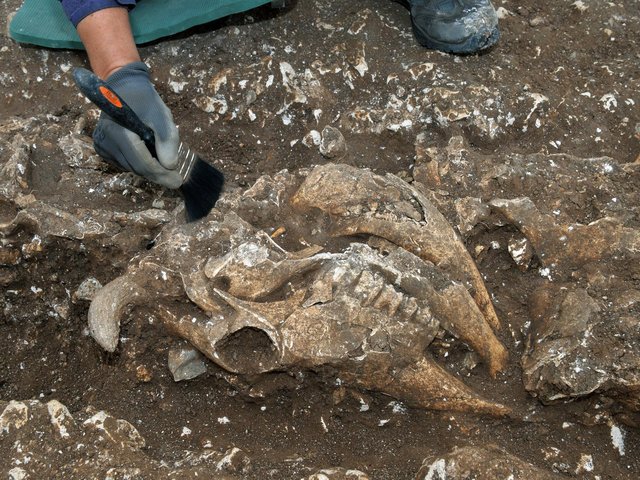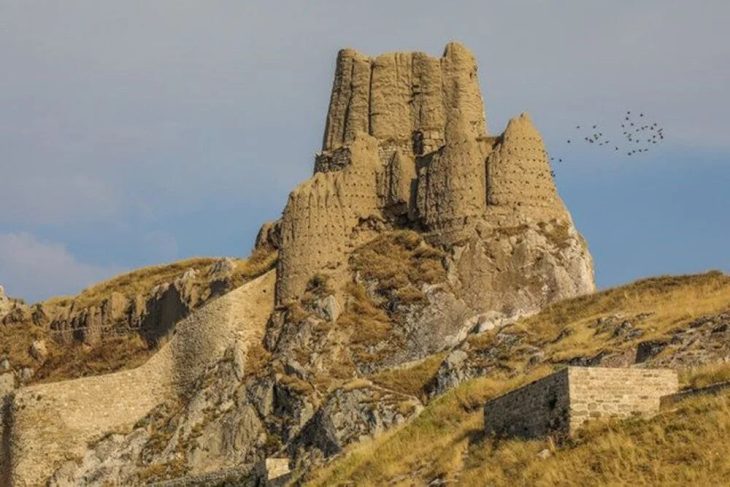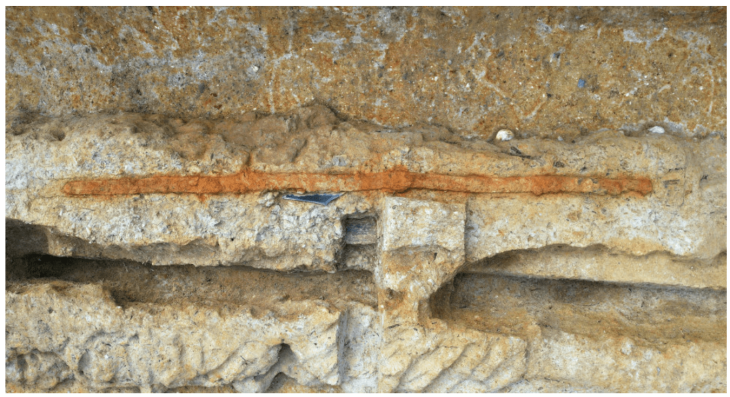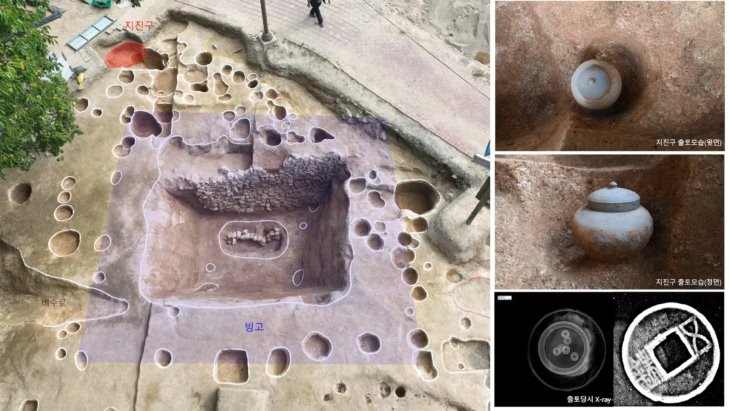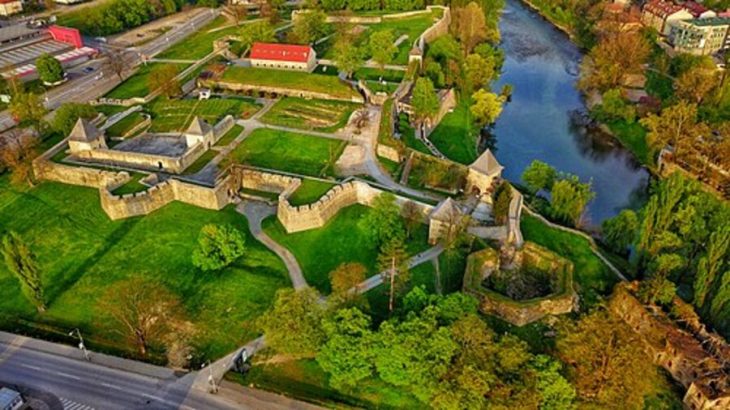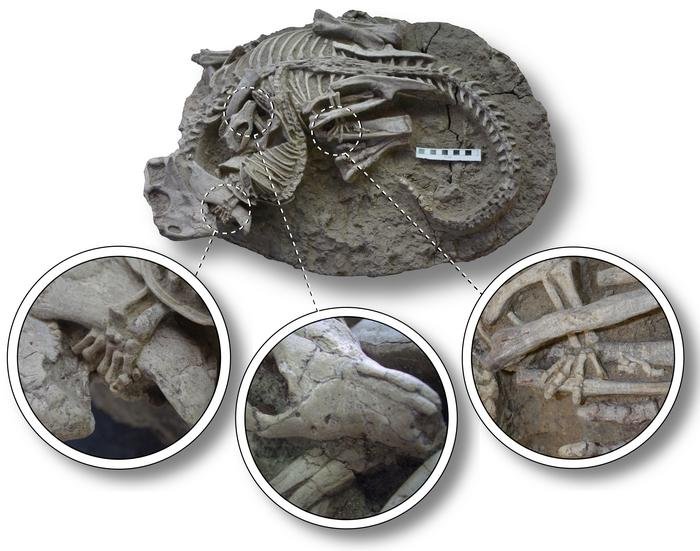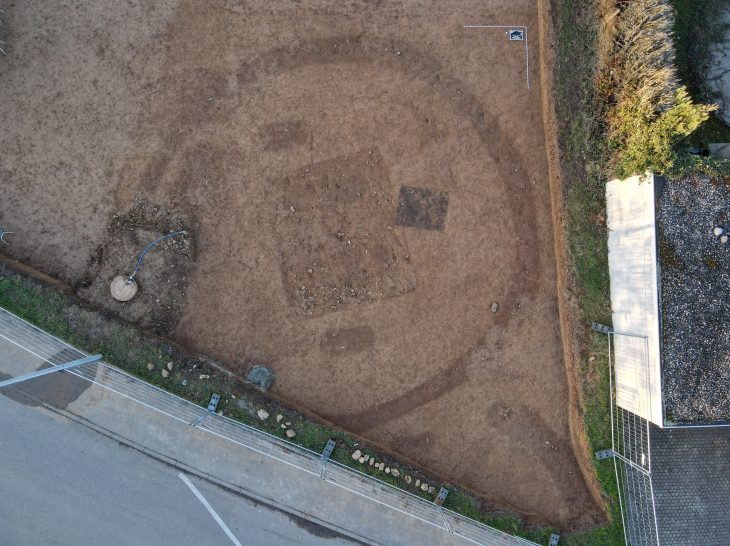A metal detectorist has unearthed a very rare, 1,500-year-old Merovingian gold ring made of 22-carat gold at Emmerlev in Southwest Jutland, Denmark.
Archaeologists believe the ring may shed light on a previously unknown lineage of royal figures with ties to powerful European dynasties during the early Medieval period.
Dating back to 500-600 CE, the ring is adorned with an oval cabochon almandine garnet, a prized red semi-precious stone symbolizing power among Germanic peoples.
When Lars Nielsen discovered a large gold ring with a red semi-precious stone, he realized he had made the find of a lifetime. “I was so excited and amazed that I could hardly say anything, and that doesn’t usually describe me. But without a doubt, this is my best find yet. I am very proud and honored to be able to contribute a piece of our shared history both locally and nationally” Nielsen said.
After being discovered by metal detectorist Lars Nielsen in 2020, the discovery was kept secret until recently, allowing specialists to conduct a comprehensive investigation of the Emmerlev site without hindrance. The discovery connects southwestern Jutland to France’s influential Merovingian dynasty.
📣 Our WhatsApp channel is now LIVE! Stay up-to-date with the latest news and updates, just click here to follow us on WhatsApp and never miss a thing!!
For the Germanic peoples, the almandine garnet was a symbol of power. The gold ring’s design, featuring four spirals on the underside and trefoil knobs where the band meets the bezel, showcases the highest quality of Frankish craftsmanship, indicative of its elite wearer. Jewellery and rings of this type were worn exclusively by the elite of the Merovingian dynasty.
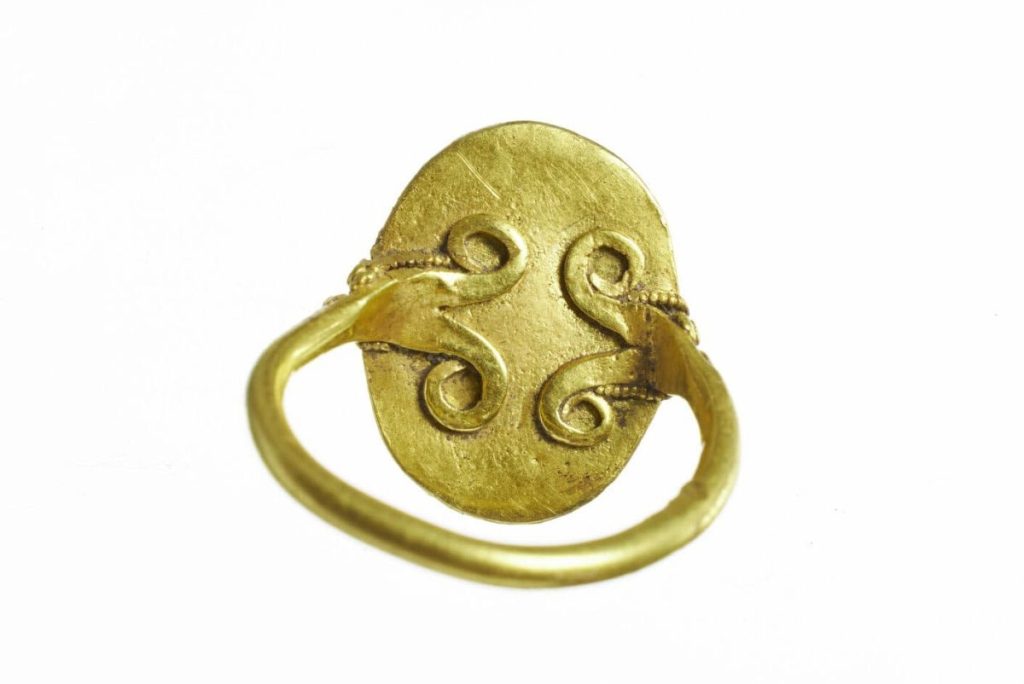
The spiral embellishments and three-lobed settings are hallmarks of Frankish metalworking from this period, said Kirstine Pommergaard, a curator at the museum.
Experts from the National Museum of Denmark and Museum Sønderjylland analyzed the ring and concluded that its presence in Emmerlev indicates the existence of a princely family with close ties to the Merovingian rulers.
“The gold ring not only reveals a possible new princely family in Emmerlev but also connects the area with one of Europe’s largest centers of power in the Iron Age. The gold ring is probably a woman’s ring and may have belonged to a prince’s daughter who was married to a prince in Emmerlev. Gold was typically reserved for diplomatic gifts, and we know that people married into alliances, just it probably happened with Thyra and Gorm the Old and in more recent times when Christian IX became known as ‘Europe’s father-in-law’ for marrying his daughters into other royal houses, ” said Pommergaard.
Other objects have been found in the same area – most notably two gold and seven silver coins or Frisian-turned pottery, which confirm contact with the Merovingian area, probably through allies in Friesland.
The ring’s craftsmanship and gemstone were meant to showcase status and connections within Scandinavia, Pommergaard said.
The rich but still-emerging history of the aristocratic networks of coastal Jutland is made more intriguing by the new discovery. The people there hope that further study of the ring and its surroundings will shed light on the once-semi-autonomous political systems along the North Sea.
Cover Photo: Nationalmuseet i København (National Museum of Denmark)

